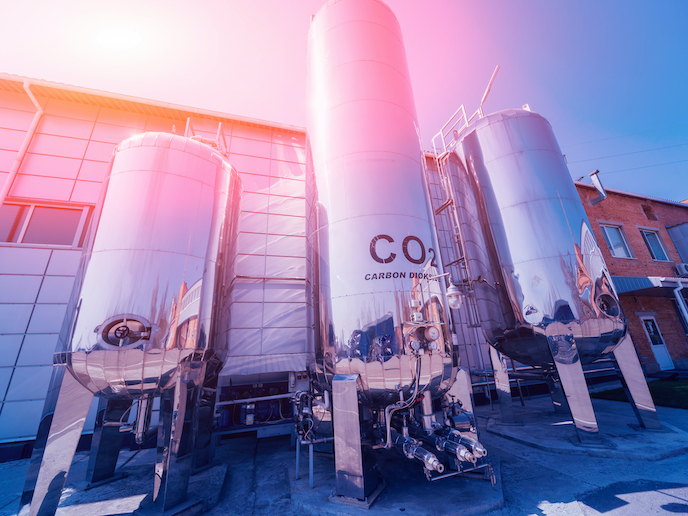Solar fuel breakthrough promises new industrial era
Solar fuel technology could one day turn carbon dioxide – a key greenhouse gas – into a useful industrial feedstock. This could help us to move away from fossil fuels, and towards achieving a truly circular economy

Our fossil fuel-based economy is unsustainable. The energy and chemicals we produce from oil and natural gas continue to release billions of tons of carbon dioxide (CO2) into the atmosphere every year, contributing to climate change.
In order to transition towards an economy based on the principles of circularity and sustainability, we desperately need to develop alternative technologies to exploit renewable energy sources. These, however, not only need to be environmentally friendly; they must also be able to run at industrial scale and be economically feasible.
One area of research that holds great promise is solar fuel / chemical generation. This involves applying artificial or natural light to convert molecules, such as CO2, into high-energy chemicals. If this technology could one day be developed at the industrial scale, it could help to replace our dependence on fossil fuel and turn CO2 into a useful feedstock.
Identifying viable prototypes
The PEC_Flow project, funded by the European Research Council, built on a previous initiative called HybridSolarFuels. This saw the development of photoelectrodes that are designed to convert CO2 into chemicals such as formic acid, carbon monoxide, methanol and ethanol were successfully developed.
PEC_Flow sought to take this research further. It wanted to identify the most technologically efficient and economically viable photoelectrode cells, capable of producing chemicals on a continuous basis. If successful, this could help to inform the future direction of this critically important area of research.
“To do this, we compared different types of photoelectrochemical cells,” explains PEC_Flow project coordinator Csaba Janáky from the University of Szeged in Hungary. “We wanted to assess them not only from a technological and scientific standpoint, but also from an economic perspective.”
Janáky and his team therefore set about gathering data and analysis on different types of cells. After thorough examination, four different cell configurations were whittled down to two, after which an extensive technoeconomic analysis was performed. Issues such as market and investment potential were examined.
“At the end, we were left with one configuration,” says Janáky. “In this prototype, the solar cell was decoupled from the electrolyser part. Our findings were that this solution could be potentially a lot more economically competitive than an integrated solution, taking into account current state-of-the-art technology.”
Future industrial processes
The results of the PEC_Flow project suggest therefore that the most feasible path for developing industrially viable solar-driven CO2 conversion technologies at present is to decouple the photovoltaic cell from the electrolyser.
Just as importantly though, the project also helped to identify the knowledge and technological gaps that must be bridged, if we are to one day develop efficient integrated photoelectrochemical cells.
“This is important, because we will need multiple parallel CO2 utilisation technologies over the next few decades,” notes Janáky.
A number of sectors could greatly benefit one day from such advances in solar fuel technology. The chemical industry for example, which produces a lot of emissions, could use photoelectrochemical systems to capture CO2, and convert it into useful products.
The next steps include working on this decoupled approach with industrial partners, and moving gradually towards market readiness. “This would involve assembling a smaller-scale prototype, which could then be scaled up further,” adds Janáky.
More fundamental research into addressing the scientific and technological bottlenecks in developing integrated photoelectrochemical cells will also continue to be carried out.
Source:
CORDIS news, press release, 2022-02-22.
